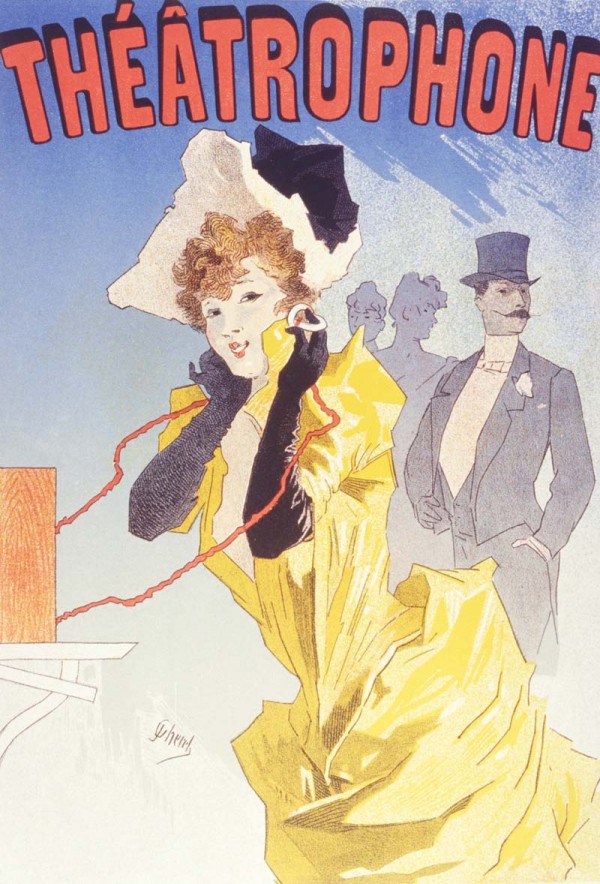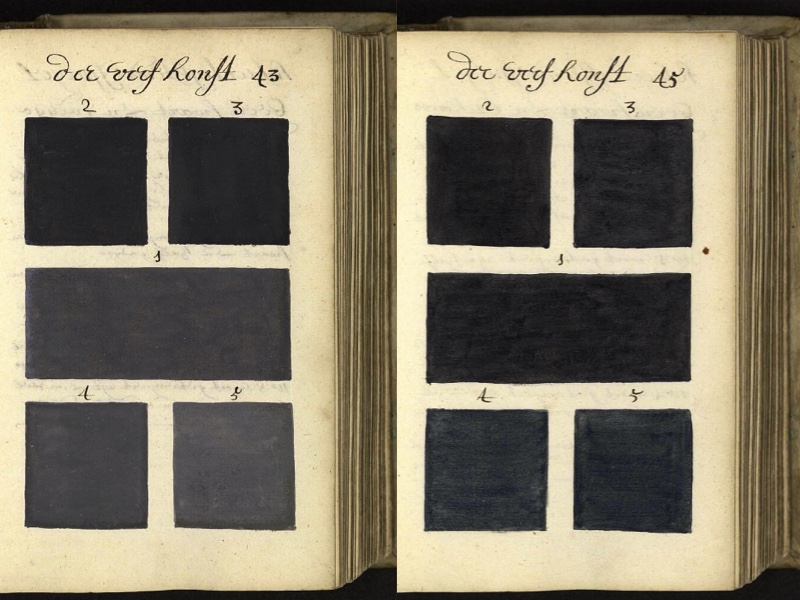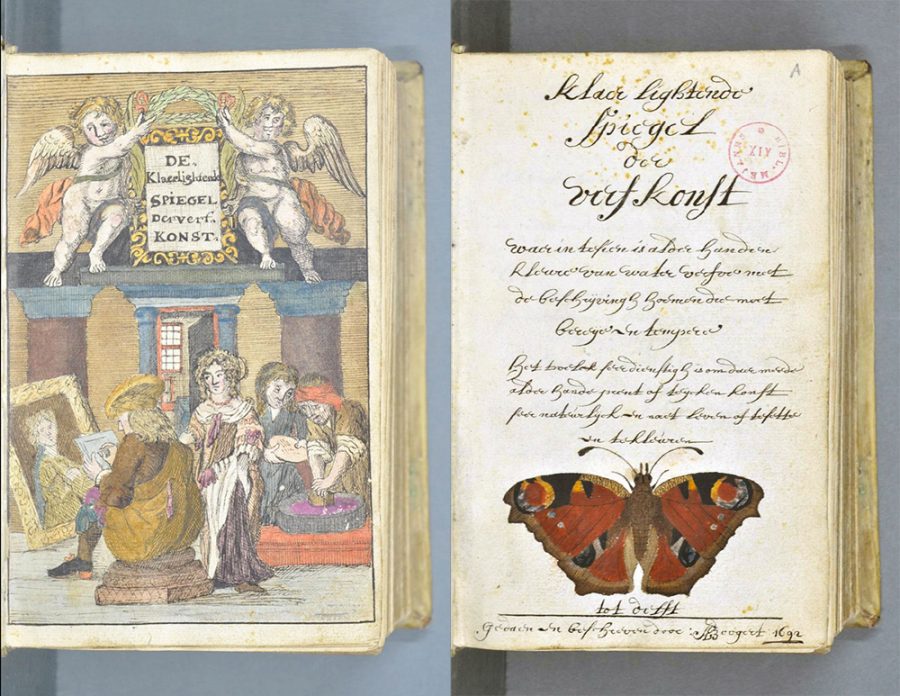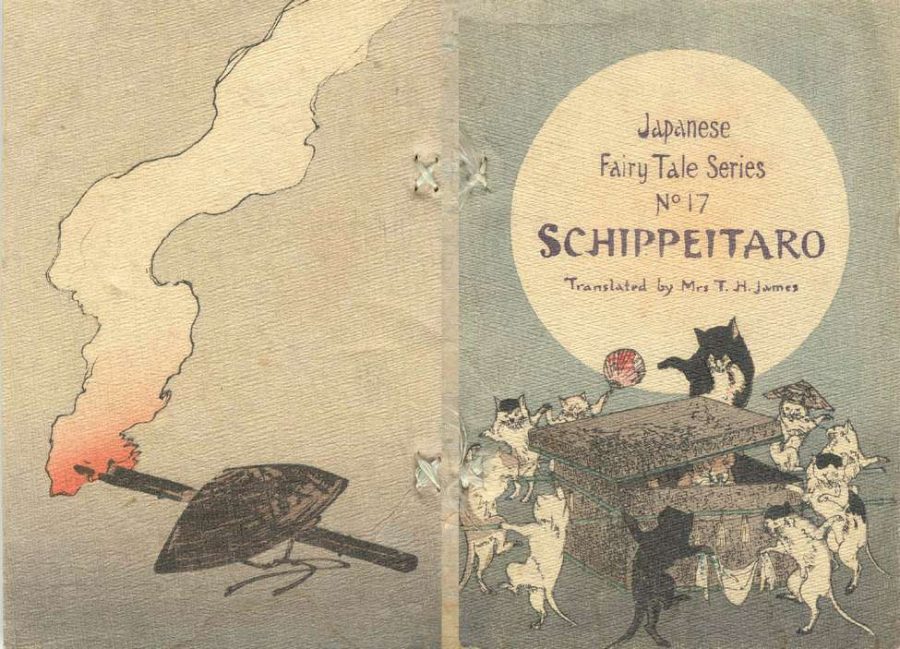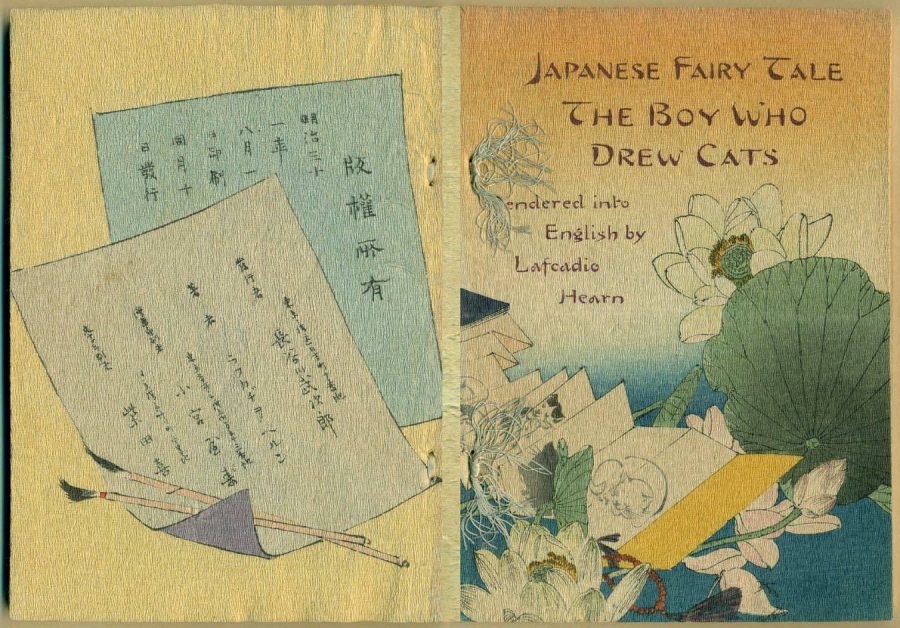Could there be a greater act of cinematic sacrilege than colorizing Citizen Kane? For most of the past 78 years since its premiere, Orson Welles’ debut feature has been widely considered the greatest motion picture ever made: witness, for instance, its domination of Sight & Sound magazine’s critics poll from 1962 until its slip to second place under Alfred Hitchcock’s Vertigo in 2012. Artistically innovative in ways that still influence movies today, it would seem that Citizen Kane requires no help from subsequent generations. But that didn’t stop Ted Turner, the media mogul whose previous colorizations of Casablanca, King Kong, and The Philadelphia Story had already disheartened not just lovers of classic Hollywood films but those films’ surviving makers as well.
“Turner Entertainment Company, which had obtained the home video rights to Citizen Kane in 1986, announced with much fanfare on January 29, 1989 its plans to colorize Welles’ first Hollywood movie,” writes Ray Kelly at Wellesnet. “There was an immediate backlash with the Welles estate and Directors Guild of America threatening legal action.”
Welles himself had died in 1985, but the filmmaker Henry Jaglom quoted the director of Citizen Kane as importuning him not to “let Ted Turner deface my movie with his crayons.” Ultimately Turner’s crayons were indeed stayed, but for legal reasons: a review of Welles’ initial contract with RKO “revealed he had been given absolute artistic control over his first Hollywood film, which it specified would be a black-and-white picture” — an odd specification to declare back in 1940, but declared nonetheless.
Before that discovery, “a team at Color Systems Technology Inc. in Marina del Rey, California” had already “secretly colorized a portion of Orson Welles’ landmark black and white film”: its final ten minutes, Rosebud and all. The only known surviving footage of this project — which took Citizen Kane and not just colorized it but also, of course, reduced it to the resolution and aspect ratio of 1980s television — is included in the BBC Arena documentary The Complete Citizen Kane, the relevant clip of which appears at the top of the post. Kelly quotes William Schaeffer, assistant art director at CST at the time, as remembering the results fondly: “I thought it looked fine.” Then again, Schaeffer had never actually seen the real Citizen Kane — and as for the rest of us, we perhaps breathe a little easier knowing that Vertigo is already in color.
Related Content:
Orson Welles Explains Why Ignorance Was His Major “Gift” to Citizen Kane
Jorge Luis Borges Reviews Citizen Kane — and Gets a Response from Orson Welles
Donald Deconstructs Citizen Kane
Based in Seoul, Colin Marshall writes and broadcasts on cities, language, and culture. His projects include the book The Stateless City: a Walk through 21st-Century Los Angeles and the video series The City in Cinema. Follow him on Twitter at @colinmarshall or on Facebook.


